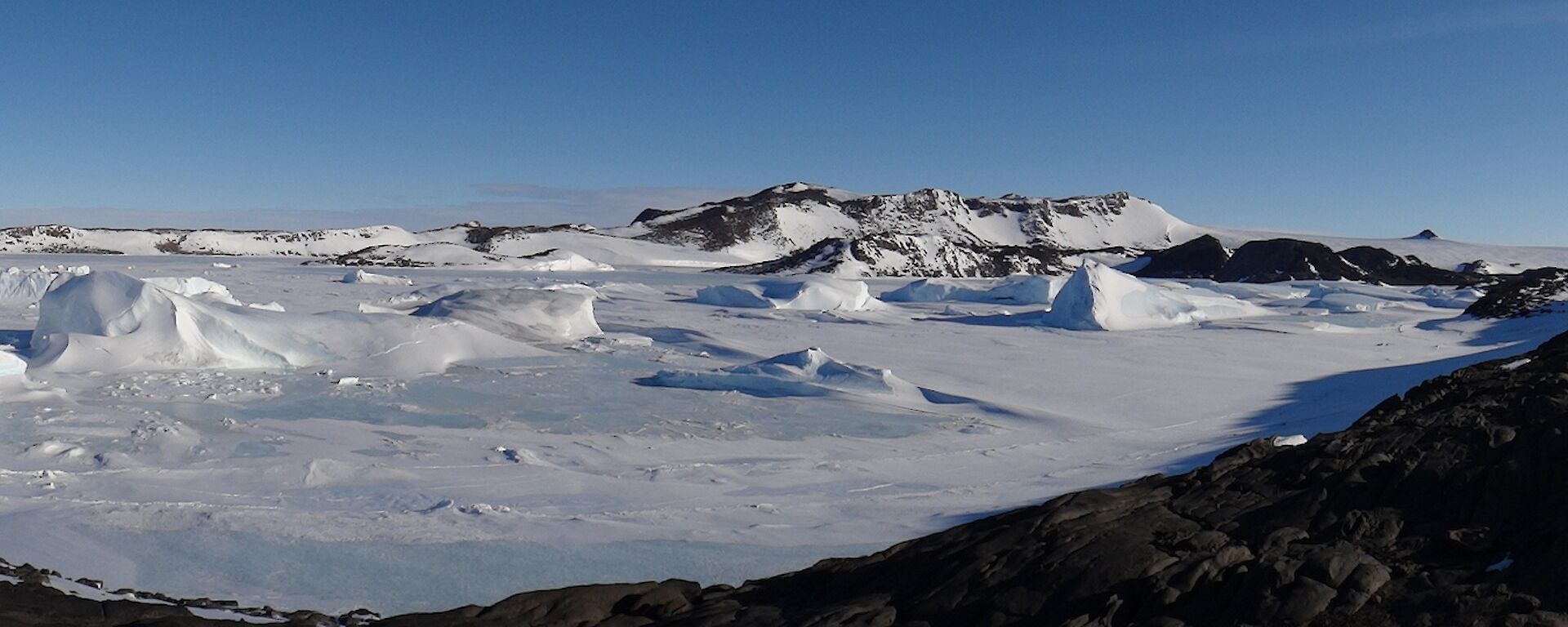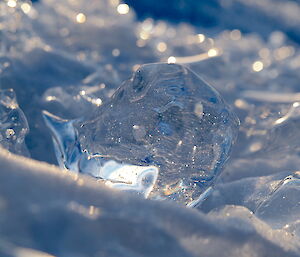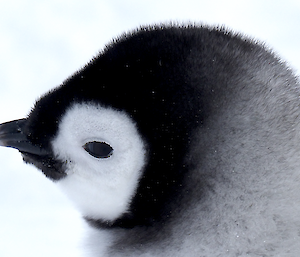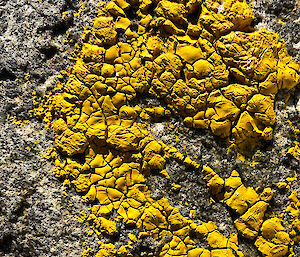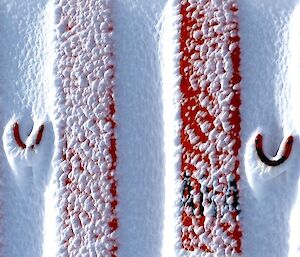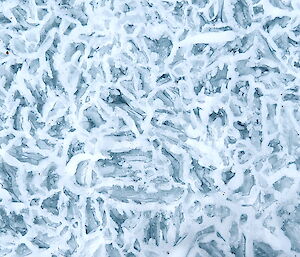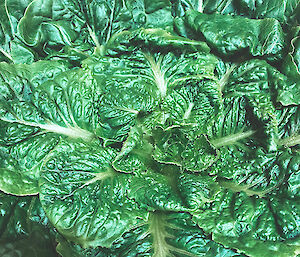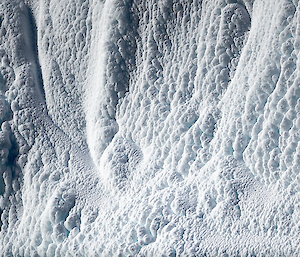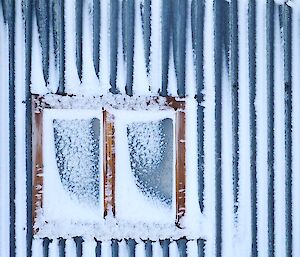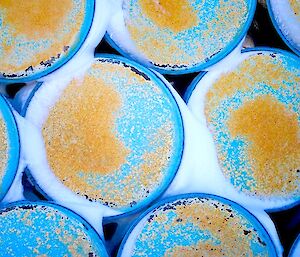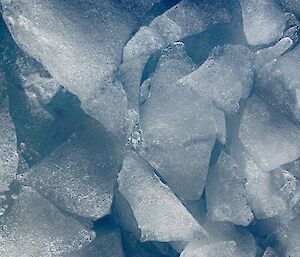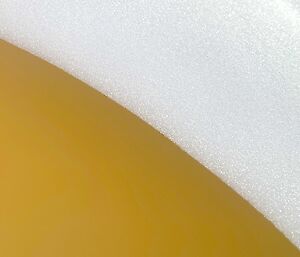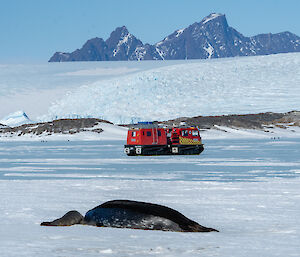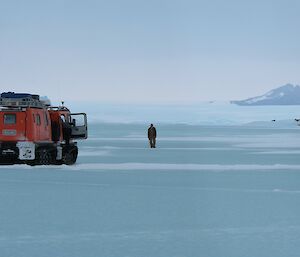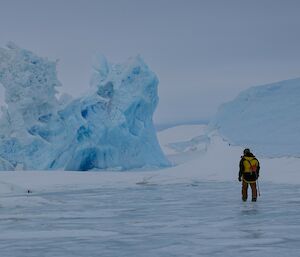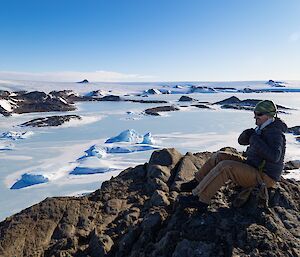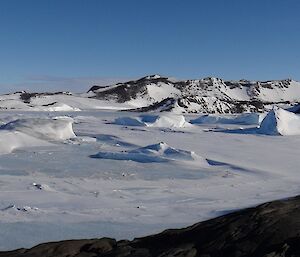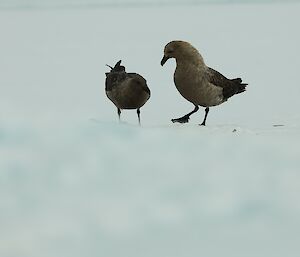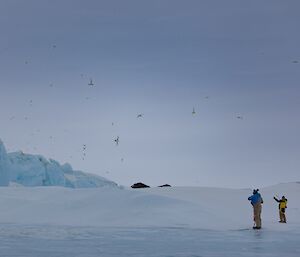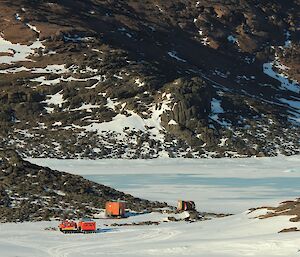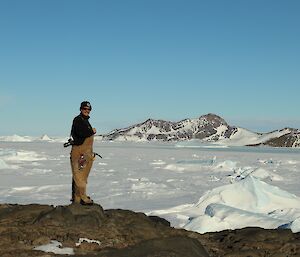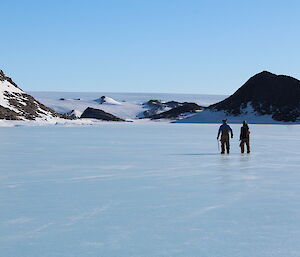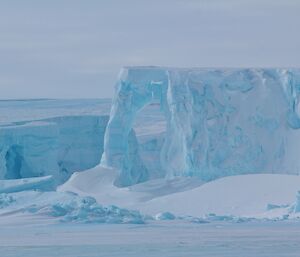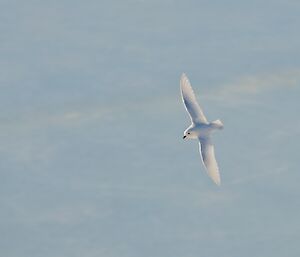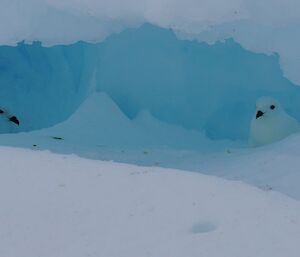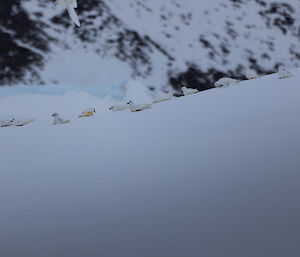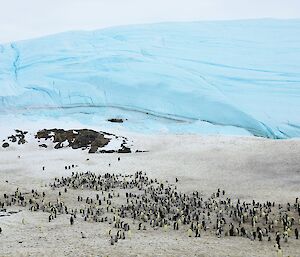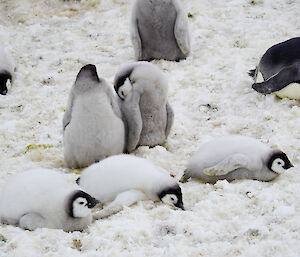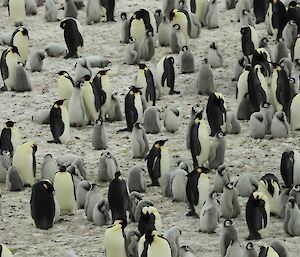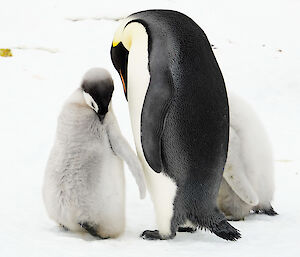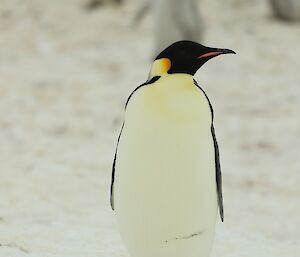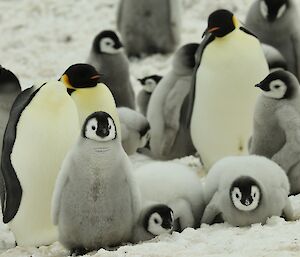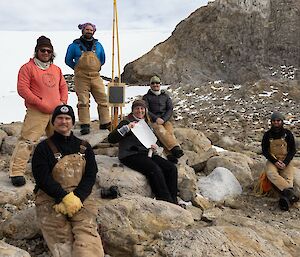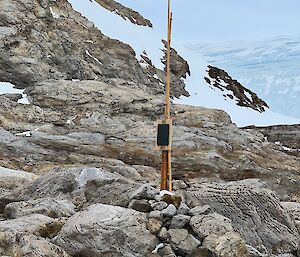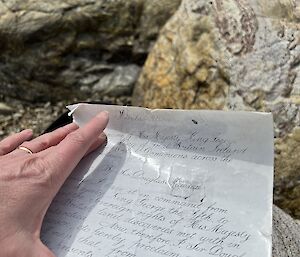This week with the opportunity to travel ‘deep field’ out to the west of station to Colbeck Island and Taylor Glacier, for work (!!), and I was once again reflecting on how privileged we are to live and work in Antarctica (and especially at Mawson). Where else would we, in the support of science, have to travel 5 hours (90km) across the sea ice under the backdrop of the plateau and the four mountain ranges that overlook our home, frequently having to slow down to avoid multiple penguins, icebergs and seals.
We arrive at a distant field camp on Colbeck Island with two little cosy huts ready and waiting to be our temporary home. A most picturesque spot situated amongst rocky islands, with stranded icebergs close by, and glacier in the distance. Luckily, we had a little spare time (and lots of daylight) to take in the scenery during an amble each night; climbing a local island for a bird’s eye view of the landscape, or meandering through the icebergs to be swooped by flocks of snow petrels which are nesting amongst the crevasses. Before returning to the hut for a tasty meal and some very competitive games of cards.
Then we’re forced to visit a distant emperor penguin colony, situated most beautifully at the base of a glacier (Taylor Glacier) in a small valley (on land – one of two emperor penguin colonies that are on land rather than sea ice), spending time quietly and inconspicuously (so as not to disturb the penguins) conducting a photo census of the numbers and undertaking maintenance of the permanent cameras.
With some spare time after finishing our work at the colony, time for a trip back in history. We travel around the point of Taylor Glacier and into a quiet bay where Mawson and his men stepped ashore on 18 February 1931 to claim this part of Antarctica on behalf of King George V, aptly named Proclamation Point. What a moment! To stand on the spot where a hero, who had no small part in my wanting to work in Antarctic and certainly come to Mawson station, stood all those years ago.
I have done a little research into Mawson’s proclamation and travels around our little home here on the ice…
14 Feb 1931
Clearly visible about 14km inland, were four distinct mountain ranges extending from the coast in a SW direction and with elevations from 820-1200m. These proved to be the Henderson, David, Casey and Masson Ranges, sighted on our first voyage [the year before]
Coming abreast of the mountain ranges but well offshore, we came to a large number of rocky snow-covered islets ranging in height from 5 to 50m. Grounded bergs were also scattered in directions.
[after a storm and remaining relatively stationary for 3 days]
18 Feb 1931
After running west for about 30 minutes, along a coast on which it was impossible to land, we turned back to the east and finally came across a snug little harbour by passing in between two imposing steep rocky outcrops. Gliding across the millpond surface, we landed on a course gravel beach facing a narrow valley gradually rising inland… we built a cairn and raised the flag while Sir Douglas read the same proclamation as on January 13 [another landing a year earlier, this time on Proclamation Island much further to the east]. We then formed a hollow square and sang “God Save the King”, which was followed by three cheers. Sir Douglas produced a bottle of champagne after the ceremony; some was sparingly poured over the cairn, the rest was drunk by expedition members and the empty bottle then placed in a crevice in the cairn.
from Harold Fletcher (Assistant Zoologist, the Discovery) in “Antarctica Days with Mawson – a personal account of the BANZARE of 1929-31”
After Mawson’s proclamation to the east (in Jan 1930) and west (our little spot, in Feb 1931) he had now claimed the extremities of what was passed, via an Act of the Australian Parliament, to the Australian Government to control and administer in 1936; and is now recognised as the Australian Antarctic Territory. It makes one think... would we even be here without the discoveries of Mawson's BANZARE?
The third day, back to reality, and homeward bound. We return to station across the sea-ice with many great memories, some pretty spectacular photos, and well and truly ready for a shower. Thankful to Mawson and his crew for their extraordinary efforts, and grateful we have the comforts of Mawson station to return to.
Bec, SL

